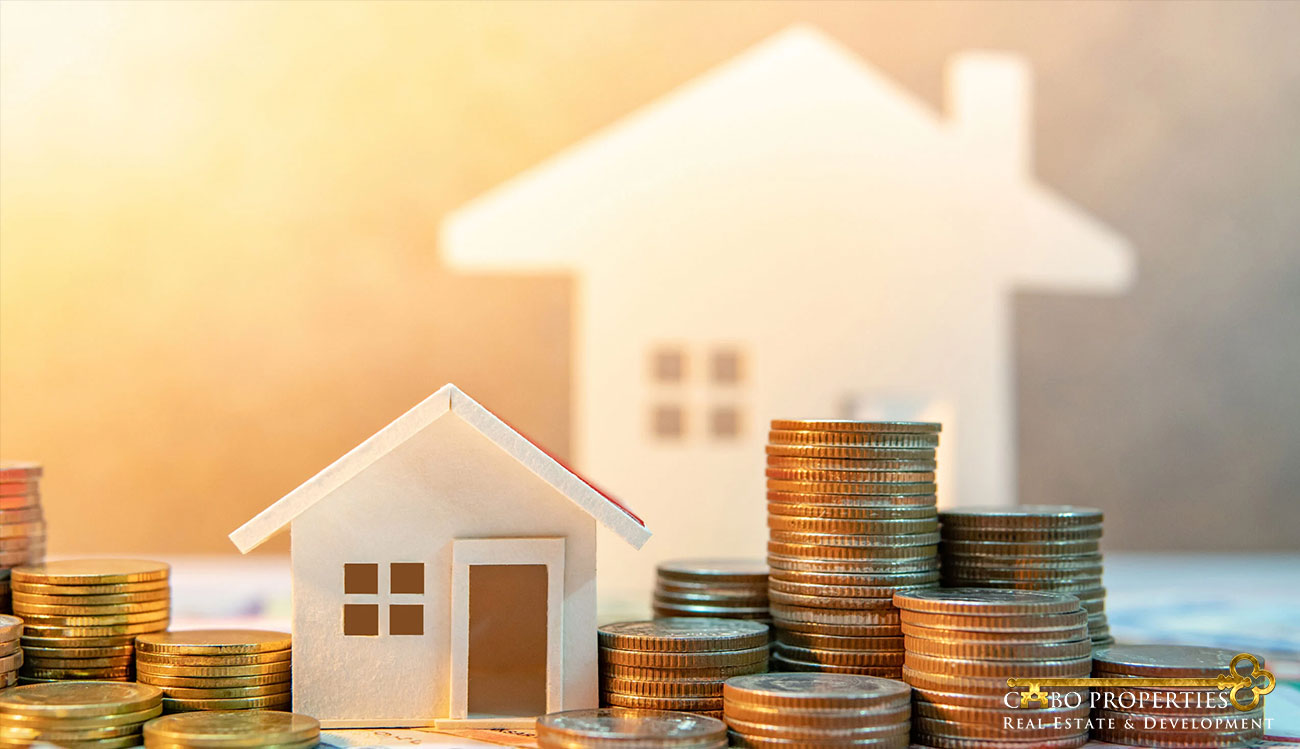+ 52 624 143 38 73
Buying a second home for investment

1. Location: The location of your second home is crucial. You should look for a property that’s in a desirable area, with good access to transportation, shops, and amenities. Research the local real estate market to get a sense of property values, rental rates, and vacancy rates.
2. Type of property: Consider the type of property that will best meet your investment goals. Will you be renting it out short-term or long-term? Are you looking for a vacation home that you can also rent out when you’re not using it? A condo, townhouse, or single-family home may be the best option, depending on your needs.
3. Financing: Consider how you will finance the purchase of your second home. Will you be paying cash or taking out a mortgage? Keep in mind that you’ll likely need a larger down payment and may face higher interest rates on a second home mortgage.
4. Expenses: Owning a second home comes with additional expenses, such as property taxes, insurance, maintenance, and repairs. Be sure to factor these expenses into your budget and determine if the rental income will be enough to cover them.
5. Management: Decide how you will manage the property. Will you hire a property management company or handle everything yourself? If you’re renting the property out, you’ll need to be prepared to handle tenant issues, such as maintenance requests and late rent payments.
6. Exit strategy: Consider your exit strategy if you need to sell the property in the future. How long do you plan to hold onto the property? What are your options if the property doesn’t appreciate in value or if you have trouble finding renters?
Remember that buying a second home for investment is a long-term financial decision, so it’s important to do your research and consult with a financial advisor before making a purchase.


